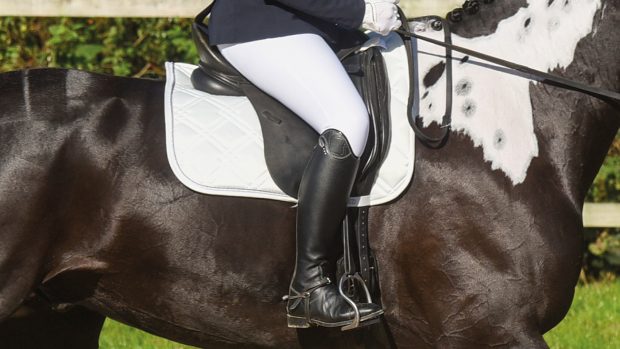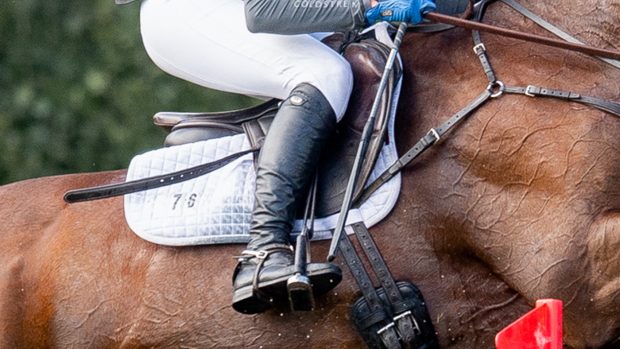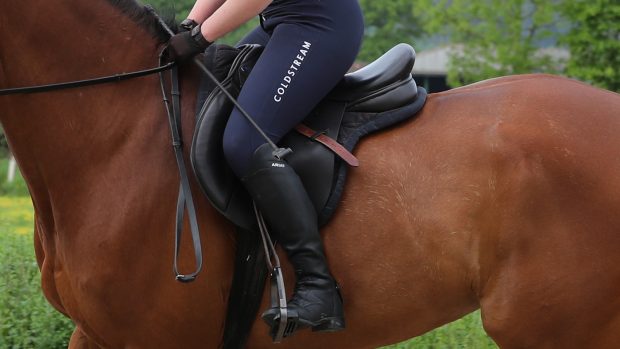A well-fitting saddle that meets the needs of horse and rider is a must for every owner. However, as horses develop and change shape a saddle that previously fitted correctly may become unsuitable.
If you are concerned about the fit of your saddle, you should seek expert advice from a Society of Master Saddlers’ qualified saddle fitter who can advise if your present saddle can be adjusted or if a new saddle is needed.
Fitting a saddle
- On arrival the fitter will check the horse fulfils the description given before the visit. Be honest. If this is inaccurate, the saddles brought may be unsuitable.
- The fitter will stand the horse on a hard, flat surface to examine his back and identify sore or sensitive areas or asymmetry, such as one shoulder larger than the other. If any sore areas are found he may want to delay fitting asaddle until the horse has been seen by a vet.
- The horse will be watched walked and trotted up in-hand, with the fitter noting any tightness or lack of swing in the back, unlevel steps or a dropping hip.
- Providing he is satisfied with the examinations he has carried out, saddles will be tried on the horse’s back. Initially, they will not be girthed up. Any saddle with a tree that fails to conform to the contours of the horse’s back will be discarded. Those considered satisfactory will be put to one side for the rider to try.
- When trying a saddle, you will be asked to ride on both reins in walk, trot and canter. If intended for jumping, the fitter will ask to see the horse ridden over fences. Any saddles that rotate, move up and down, sway or swing will be rejected.
- As each saddle is removed, the fitter will look at the outline left on the horse’s back to identify possible pressure points and signs of bridging.
- Those saddles which have made it to the final list conform to the golden rules of saddle fitting. The rider will be consulted and preferences noted.
- The saddle fitter will then make a detailed record for further reference.
For more advice and to find your local qualified saddle fitter, contact the Society of Master Saddlers, (tel: 01449 711642).
| Click here to subscribe to HORSE magazine, which is packed with horsecare features and advice every month |



